Experiences Not Stuff participates in affiliate marketing programs. This means that when you click on certain links and make a purchase, it may earn the website a small commission at no extra cost to you. This helps cover the costs of maintaining this site.
Canadians visited Mexico in record numbers last year, but chances are few of them ventured further than their beach resort which is a shame because the interior of the country is filled with an amazing array of culturally fascinating and naturally beautiful attractions.
Unfortunately, some of them are also in states the Canadian government advises citizens against visiting. mostly due to the threat of drug-related violence. What if those advisories weren’t in place and you wanted to go there? Here are the top attractions in those ‘forbidden’ states that you’ve been missing.
Table of Contents
Chihuahua

This northern state is Mexico’s largest and is home to Copper Canyon, a vast and rugged natural wonder that is actually a system of six distinct canyons which are collectively larger and deeper than the Grand Canyon in the United States. It’s a popular destination for hikers and nature lovers as it offers spectacular views, stunning waterfalls and diverse flora and fauna. Visitors can take an unforgettable ride on the El Chepe train through the canyon, explore local villages and learn about the indigenous Tarahumara culture or go on guided hikes and bike tours to fully experience the breathtaking beauty of this unique natural wonder.
Colima
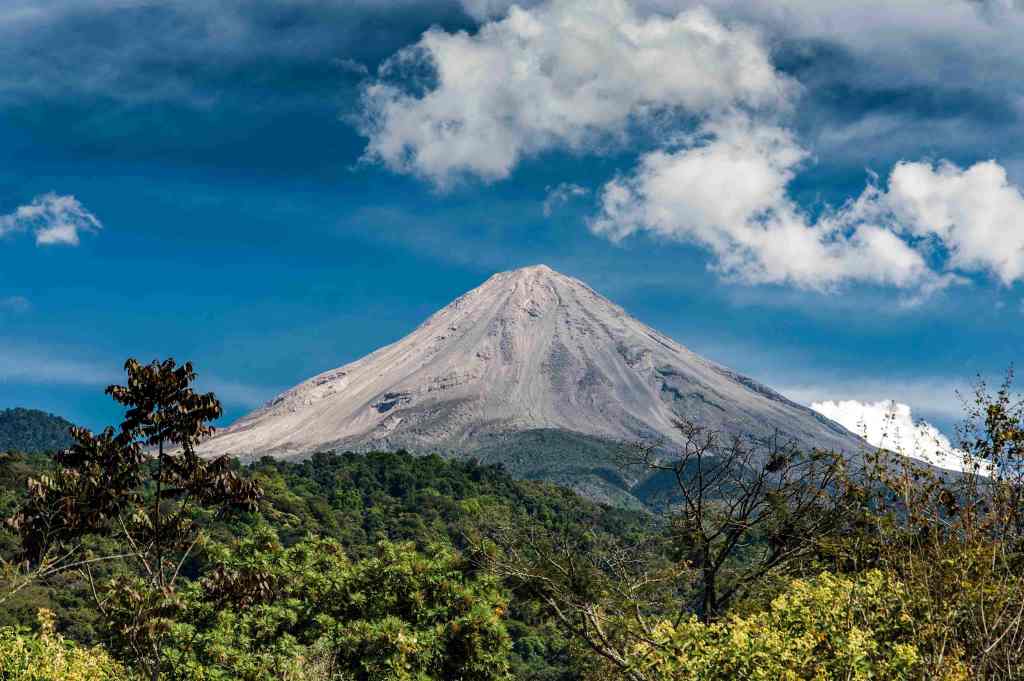
While the seaside town of Manzanillo is considered safe to visit, the Canadian government considers the rest of the state as a no-go zone. If you were to venture inland, you’d head first to see the Volcano of Colima, one of the most active in Mexico. It is part of the Colima Volcanic Complex, which includes two other volcanoes: Nevado de Colima and El Cántaro. Visitors can see the volcano from the nearby town of Comala or the Nevado de Colima National Park (which is actually in neighbouring Jalisco state). It’s also a popular destination for hikers who can climb to its crater or explore its surroundings, but due to its frequent eruptions, visitors should always check its current status before going near the volcano
Coahuila

In the town of Saltillo in the northern part of Coahuila sits the Desert Museum, a unique institution that showcases the region’s rich biodiversity, featuring exhibits on the desert flora and fauna, as well as the cultural history of the local indigenous communities. The museum’s outdoor space features a botanical garden with more than 2,000 species of cacti and succulents, as well as a butterfly sanctuary and an animal area. The indoor exhibits include fossils, geological formations and archaeological artefacts. Visitors can also take guided tours to learn more about the desert ecosystem and the importance of conservation efforts.
Durango
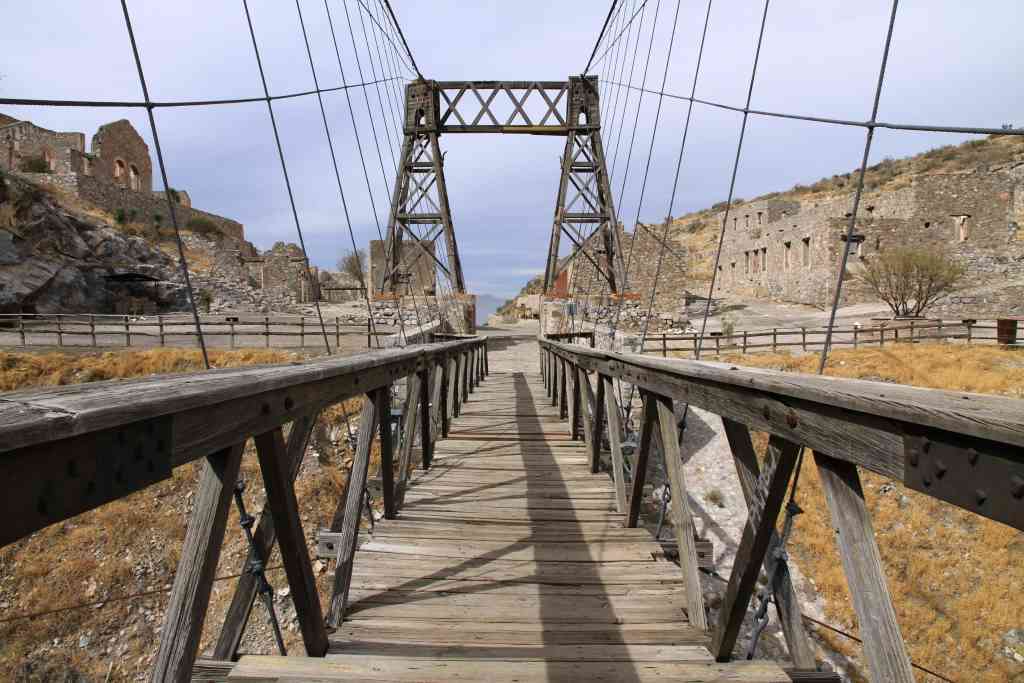
While Durango City is considered safe to visit and is certainly an attractive place with a historic centre and plenty of attractions of its own, one of the most impressive things to see in Durango is the Puente Ojuela, a suspension bridge that spans a deep canyon in the Sierra Madre Occidental. The bridge was built in 1898 to connect the mining town of Ojuela with the rest of the state. It is 318 meters long, two-metres wide, and hangs 100 metres above the ground. The bridge offers stunning views of the rugged landscape and the abandoned mine buildings. Visitors can also explore the ghost town of Ojuela, which has a museum, a church and a cemetery.
Guerrero
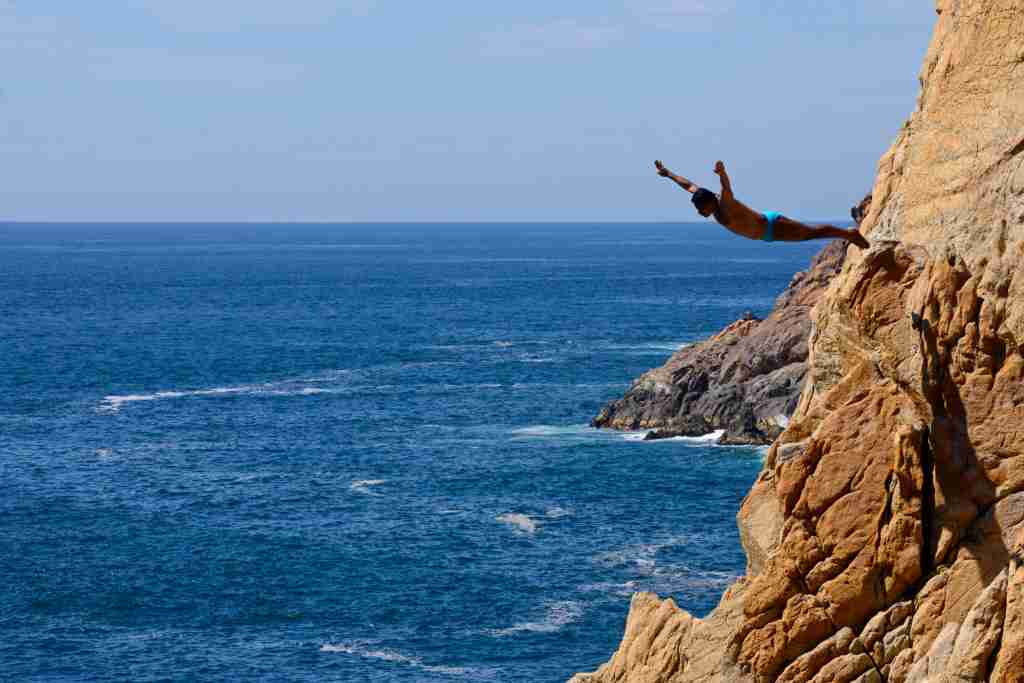
Guerrero is a Mexican state rich in history, culture and natural beauty. If you’re looking for a must-visit tourist attraction outside of the popular destinations of Ixtapa/Zihuatanejo and Taxco, which the Canadian government gives its seal of approval, then consider heading to Acapulco. Known as the “Queen of the Pacific,” Acapulco is a stunning coastal city with miles of golden sand beaches, crystal clear waters and breathtaking sunsets. Here, you can enjoy a variety of water sports, go cliff diving, explore the historic Fort of San Diego, or simply relax and indulge in the city’s vibrant nightlife.
Guanajuato
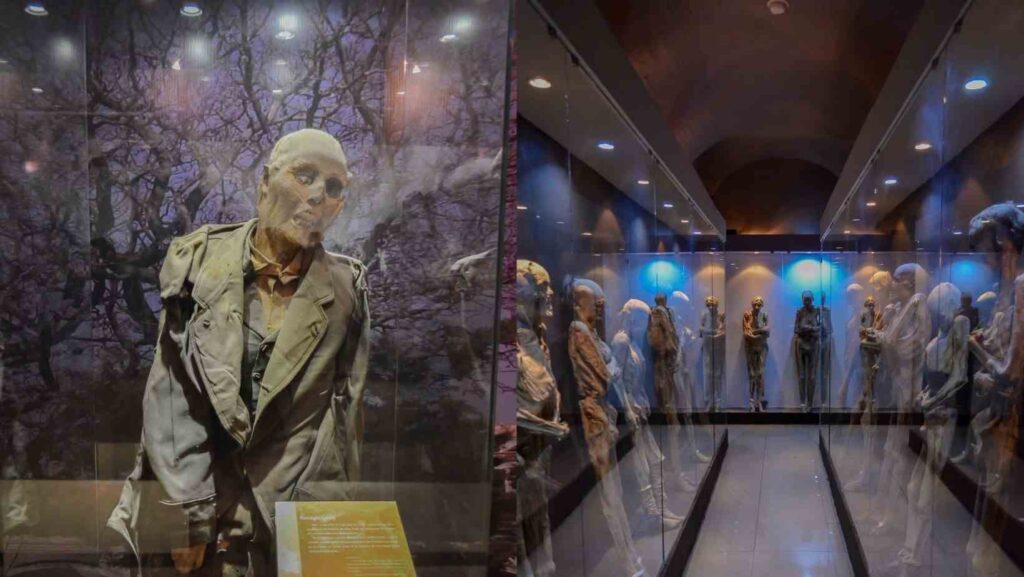
Guanajuato has some spectacular natural scenery like the majestic Sierra Madre del Sur mountain range that offers fantastic views and plenty of outdoor pursuits like hiking, camping and bird-watching. The state is working hard to promote these activities beyond the one morbid thing for which it is most famous, which are the mummies of Guanajuato. These aren’t ancient pre-Hispanic mummies, but are actually bodies of people who died during a 19th-century cholera outbreak and were naturally mummified. Visitors flock to the capital city to the Museo de las Momias de Guanajuato (Mummies Museum) where they can witness the collection of mummified human remains discovered in a nearby cemetery.
Michoacán
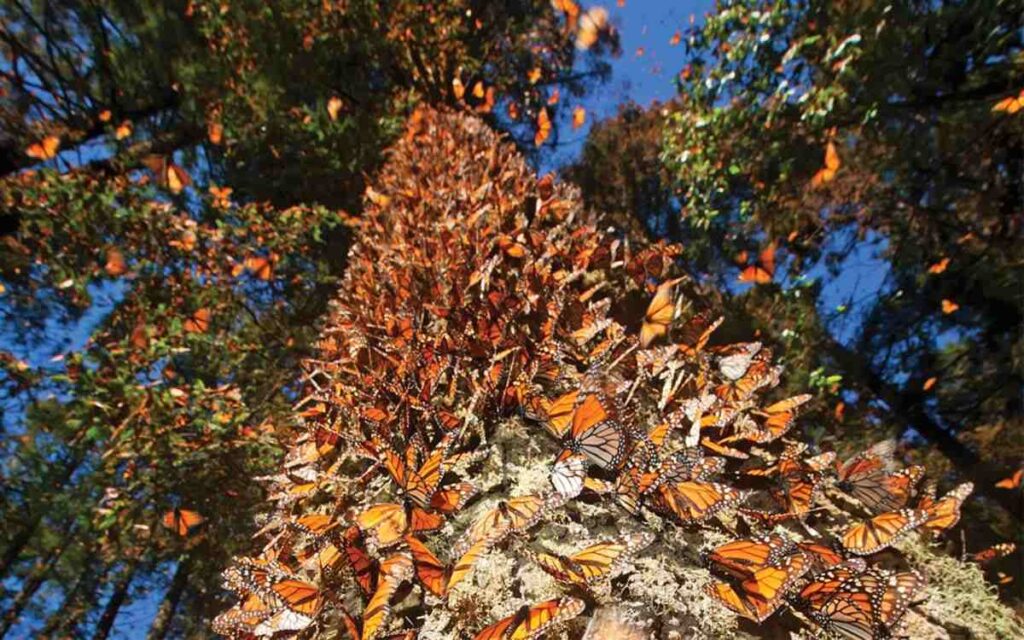
One of the most awe-inspiring tourist attractions in Michoacan is the Monarch Butterfly Biosphere Reserve, a natural sanctuary that hosts millions of monarch butterflies that migrate from Canada and the United States every winter. The reserve covers an area of more than 56,000 hectares and includes several forests and mountains where the butterflies congregate. Visitors can witness this amazing natural spectacle between November and March by hiking or horseback riding to the butterfly colonies where they can see the orange and black wings covering the trees and the sky. The reserve also offers guided tours, educational programs and conservation activities to protect this endangered species and its habitat.
Morelos
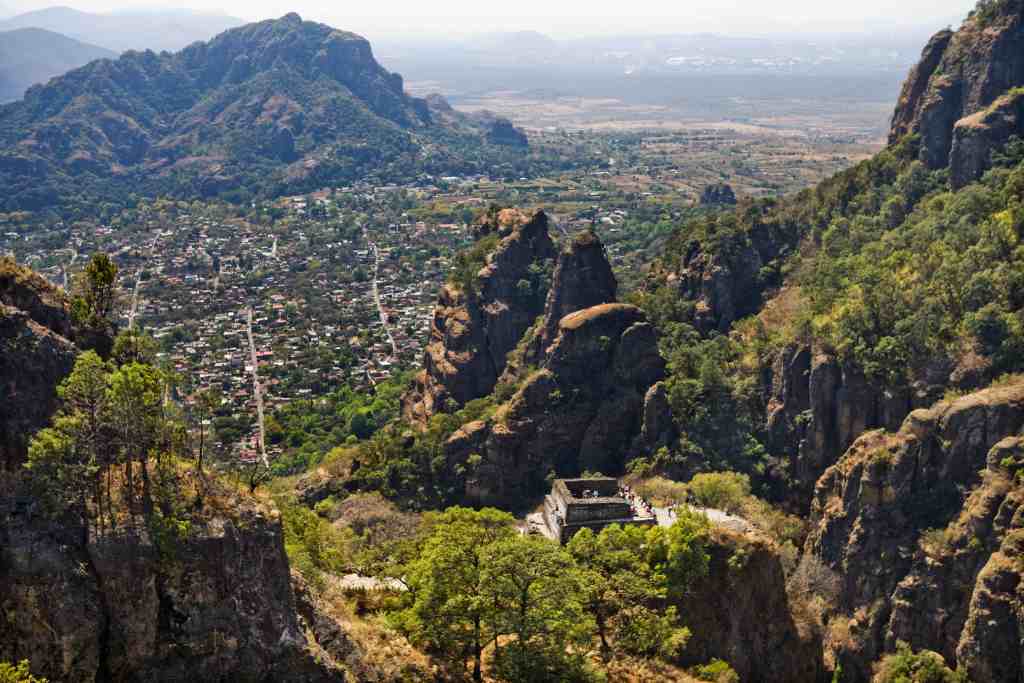
Morelos is a small state filled with hidden gems waiting to be discovered like the Tepozteco Pyramid with its temple to Tepoztēcatl, the Aztec god of the alcoholic beverage pulque, a forerunner of mezcal. It’s perched high atop a mountain and offers beautiful views of the surrounding countryside. The hike up to the pyramid is challenging, but well worth the effort and you’ll be rewarded with a glimpse into Mexico’s rich pre-colonial history. The nearby town of Tepoztlán also offers a pleasant local market and delicious traditional cuisine.
Nayarit
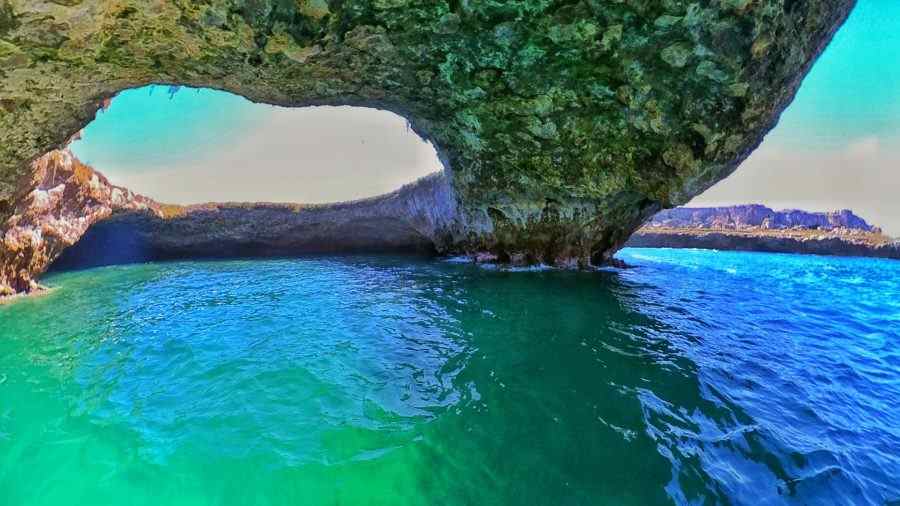
One of the most spectacular tourist attractions in Nayarit is the Marietas Islands, a group of small uninhabited islands that are part of a national park that is a UNESCO biosphere reserve. The islands are famous for their diversity of wildlife, such as dolphins, whales, sea turtles, manta rays and seabirds like the blue-footed booby. They are also home to one of the most unique beaches in the world: the Hidden Beach, also known as Playa del Amor or Lover’s Beach. This beach features a circular hole in one of the islands, created by volcanic activity and bomb testing in the past. The beach can only be accessed by swimming or kayaking through a tunnel during low tide.
Nuevo León
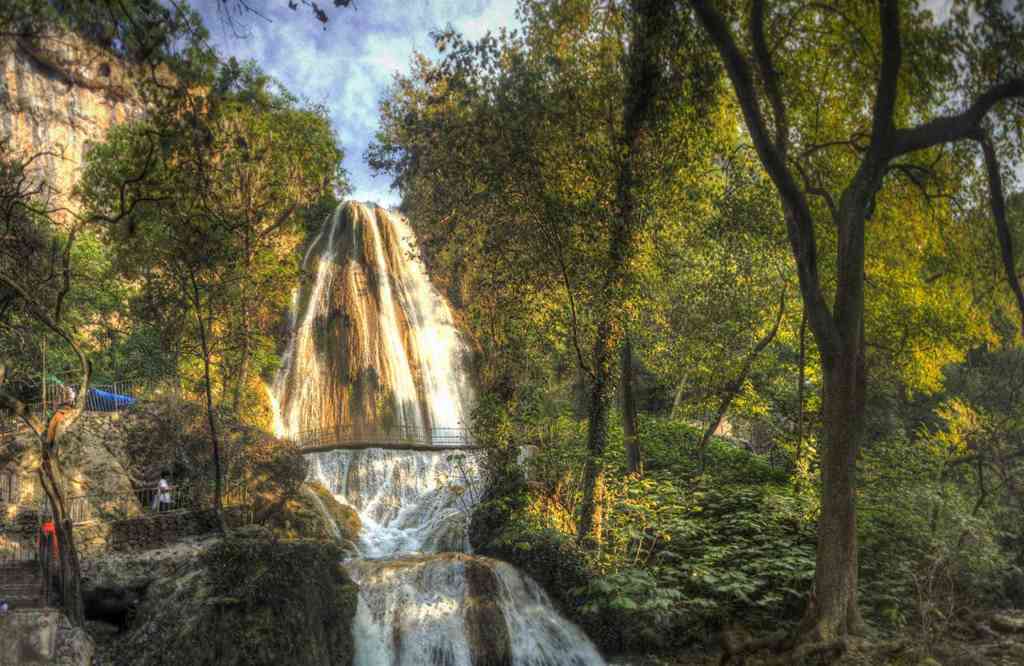
One of Nuevo León must-visit destinations is the Cola de Caballo waterfall, a fantastic sight surrounded by lush green forests and rocky canyons located in the heart of the Cumbres de Monterrey National Park. Visitors can hike to the base of the waterfall, take a dip in the crystal-clear pool and enjoy a picnic in the shade of the trees. The park also offers horseback riding, mountain biking and rock climbing, making it the perfect destination for nature lovers and adventure seekers.
Sinaloa

If you’ve been to the beach at Mazatlán then you’ve been to Sinaloa, but the Canadian government would rather you skip the rest of the state. If you did, then you’d miss out on El Fuerte, a colonial-era town which has been designated as a Pueblo Mágico (Magical Town) by the Mexican government because of its cultural importance. You can enjoy its charming architecture, colourful plaza, historic church, underground tunnels and the fortress that gives the town its name. It’s also known as the birthplace of the fictional character Zorro which explains the statues and murals you’ll see around town that are dedicated to him.
Sonora
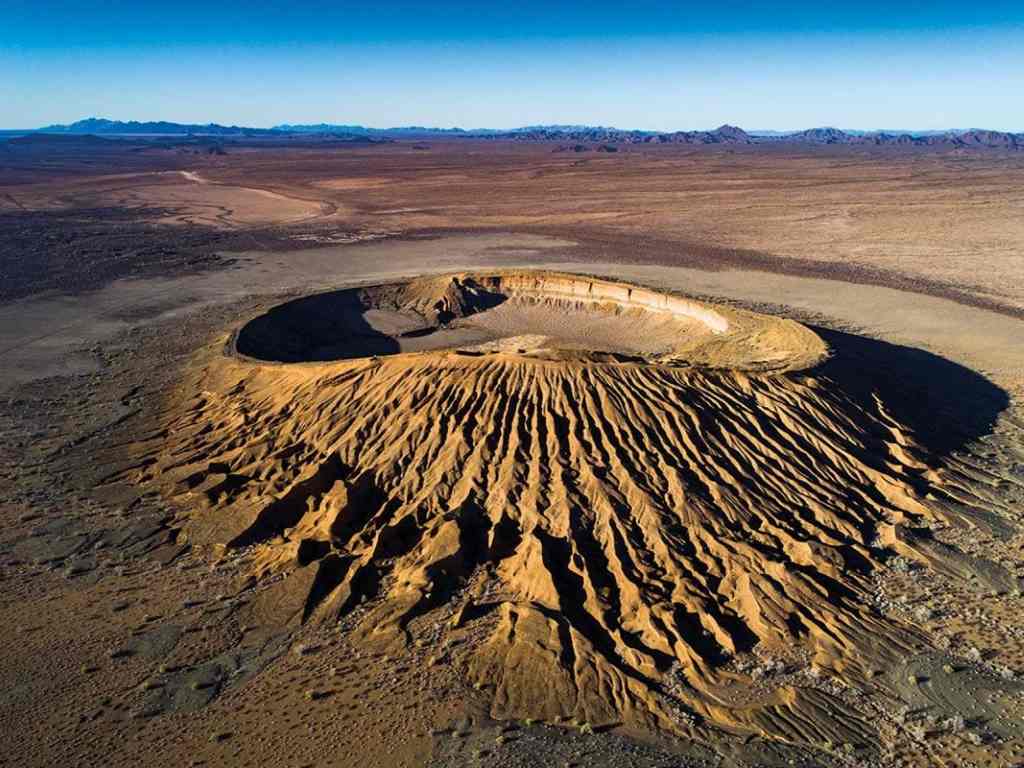
If it’s volcanoes you’re after, then head to El Pinacate y Gran Desierto de Altar Biosphere Reserve, a natural wonder which was deservedly declared a World Heritage Site by UNESCO. It covers an area of over 700,000 hectares and includes one of the most active volcanic regions in North America. The reserve features more than 400 cinder cones, 10 giant craters and several lava flows that create a striking contrast with the surrounding desert landscape. The reserve is also home to more than 900 plant species and 200 animal species, some of which are endemic or endangered. Visitors can explore the reserve by hiking, camping, biking or taking guided tours. The reserve also has a visitor center and a museum that offers information and exhibits about the geology, ecology and history of the area.
Tamaulipas
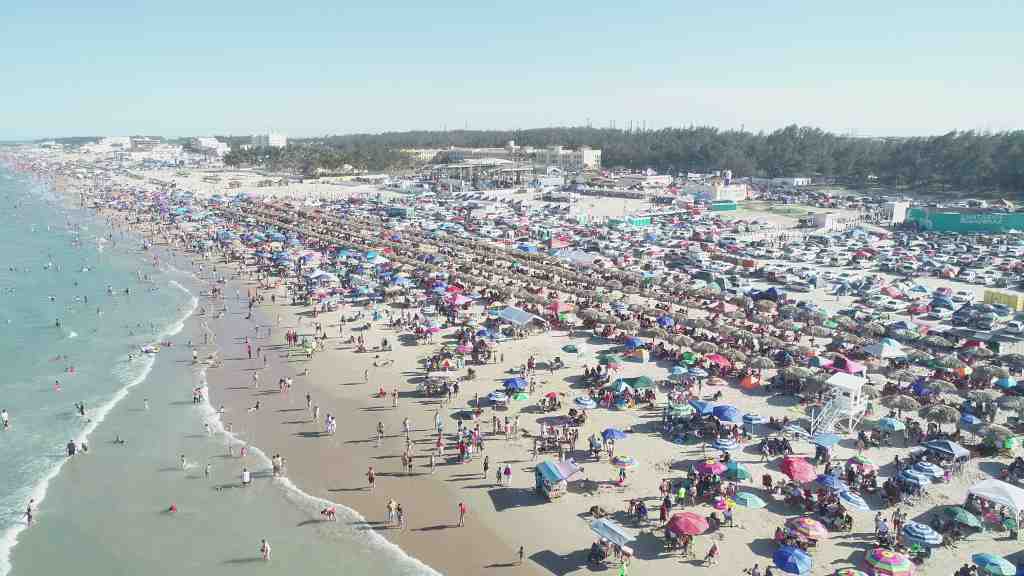
This small state that is attached to south Texas has a long coastline on the Gulf of Mexico which means it’s home to kilometres of inviting beaches. One of the most appealing is Playa Miramar, a beautiful beach located in the city of Ciudad Madero. It’s one of the most visited beaches on the Gulf, attracting thousands of tourists every year. You can do all the usual beachy things there like swimming, surfing, sailing, fishing and sunbathing, but it also has a promenade, a pier, a lighthouse and several restaurants and hotels.
Zacatecas
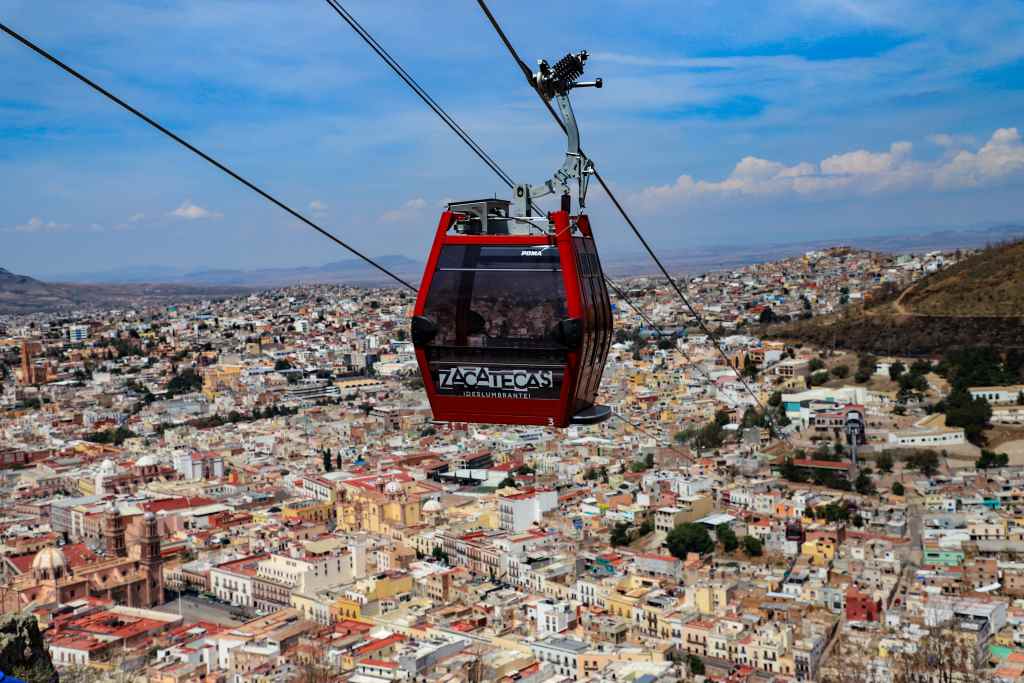
The charming colonial-era town of Zacatecas is filled with beautifully preserved architecture, historic churches, and cultural institutions that offer visitors a glimpse into Mexico’s rich history and culture. One of the top tourist attractions in the area is Mina El Eden, a former silver mine that now offers tours, a museum and even a nightclub inside the tunnels. Visitors can learn about the area’s mining legacy and then enjoy views of the city from the cable car that connects the mine with Cerro de la Bufa, a mountain that offers panoramic views and historical monuments.
Experiences Not Stuff participates in affiliate marketing programs. This means that when you click on certain links and make a purchase, it may earn the website a small commission at no extra cost to you. This helps cover the costs of maintaining this site.




